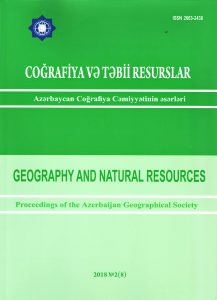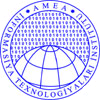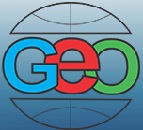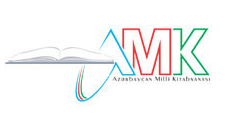THE RESEARCHES OF NASIRADDIN TUSI AND REGIOMONTAN`S TIRELESS WORKEuropean scientists of the middle ages got acquainted with materials of trigonometry after translation of works of eastern scientists of ancient times and middle ages from Arabic into Latin. Adelard Bat translated astronomical tables of Al-Khwarizmi adapted by Al-Majriti in 1126 and created basis for acquainting European scientists with basics of trigonometry. Besides it, John of Seville translated astronomical tractate of the well-known astronomer Ahmet Al-Farghani from Fergana (IX century) known as “Book about elementary science on stars” in XII century. Regiomontanus was aware of both of mentioned translations. Besides it, probably, he had translation of Al-Battani’s tractate “About movement of stars” which was made by Platoon from Tivoli in the middle of XII century and translation of Nasiraddin Tusi’s “Treatise on complete quadrilateral”. As it was mentioned above, Regiomontanus had a Greek version of Ptolemy’s “Almagest” and he had learned ancient Greek language in order to translate it into Latin. Probably, Regiomontanus used translations of Jabir ibn Aflakh and Arab astronomer and mathematician az-Zarkali (1030-1090), who was known in Europe as Arzakhel, either.
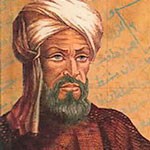  Muhammad Al-Khwarizmi (780-850) Еuclid (325-265 BC)
It should be taken into consideration that, only few copies of above mentioned translations were available. Scientists of the Central Europe didn’t know anything about existence of translation of Al-Khwarizmi’s tables made by Adelard, though it was one of rare sources, by means of which Regiomontanus could learn tangent. Besides it, I think, Regiomontanus couldn’t use tables of tangents of all degrees between 0° and 45° made by the astronomer and mathematician Giovanni Campano da Novara (1260-1280) though he had translation of Euclid’s “Beginning” which was later published. These tables and tables of Regiomontanus’s colleague, who had studied at the University of Vienna, – Peuerbach and his Italian colleague Giovanni Biankini were exceptions, other European predecessors of Regiomontanus couldn’t make any innovation in the field of trigonometry. It was done in 1462-1464. It was started in Rome and was completed in Padua. Regiomontanus wrote in his letter to Biankini that, the work about triangle was going to be completed. According to the encyclopedia “World astronomy”, Al-Farghani’s “Basis of astronomy” – “Alfraqanj rudimen ta astronomioe” was published in Latin in Nurnberg in 1537. The manuscript of that work was found by Melanxton among manuscripts of Regiomontanus. Though Al-Farghani was an Uzbek scientist, his book was in Arabic, but not in Greek. How could he translate the book, which was written in Arabic, if he didn’t know this language? 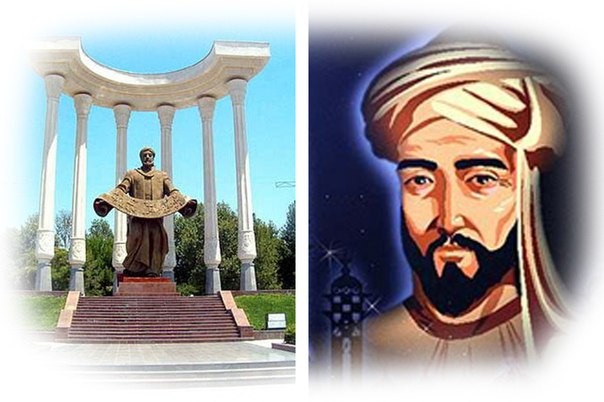 Al-Farghani (798-861) Al-Battani’s “Mohametis Albeteni de Scienta Stellarum” was published in the same year in Nurnberg together with Regiomontanus’s additions. The only copy of that book was kept in the Vatican library. So, the Academician F. Magsudov and Professor H. Mammadbayli wrote that, Regiomontanus knew Arabic and had read Nasiraddin Tusi’s works on trigonometry. N. Tusi was well-known in Europe then. All these facts prove that, Regiomontanus knew Arabic. There were Arabists, who worked with astronomers, in Rome, Florence and Venice as most scientific works of eastern scientists were written in Arabic and spread in Eastern Europe. Perhaps, Regiomontanus had learned Arabic with the help of those specialists. 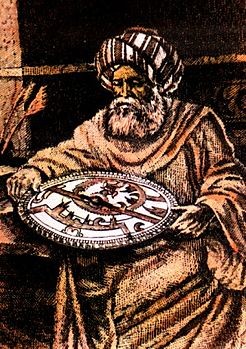 Мuhammad Al-Battani (859-929)
“De trianqulus” was published 57 years after the death of Regiomontanus. It was published by Johann Schoener and his son Andre Schoener. Saleh Zeki mentioned that, as the book published in 1533 was edited by Schoeners, it differed from previous versions. Johann Schoener worked as the professor of the University of Nuremberg then. The French historian of mathematics Montuklo wrote that, Schoeners had edited Regiomontanus’s work on trigonometry and he mentioned that, such perfect work couldn’t be written by the author of XV century. He thought that Schoeners had modified the work. (Continue of article: (“The development of mathematics in Maragha observatory”) Best regards, the member of Azerbaijan Geographic Society, President grant holder on literature, laureate of the “Golden pen” award, writer/ investigator Ramiz Daniz email: [email protected], [email protected]  24881 24881 |
|








 AZ
AZ EN
EN RU
RU


